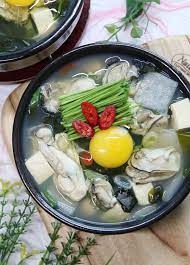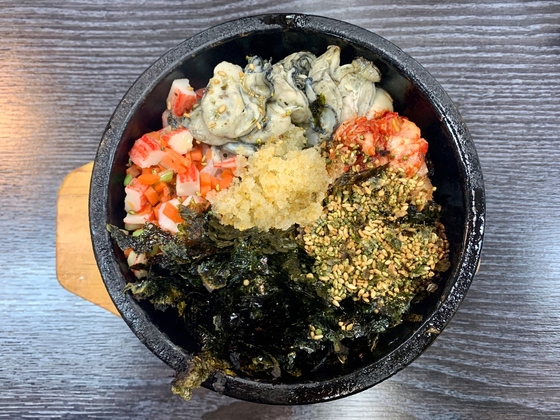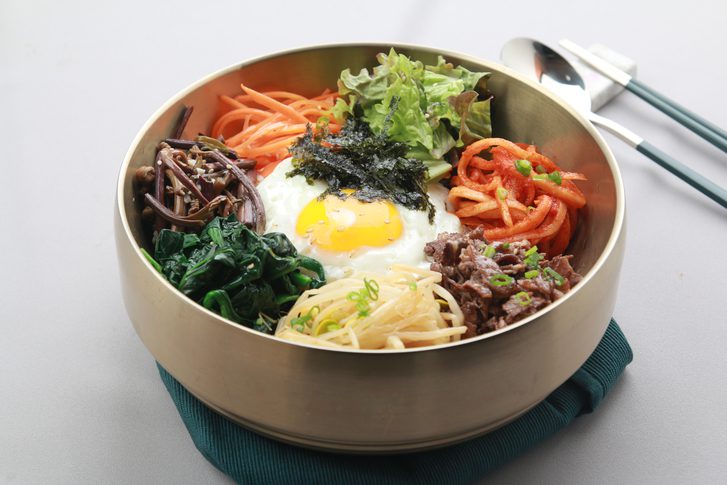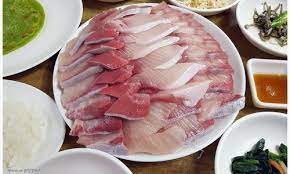
Oysters in Korea
Nutrient-Packed Taste of the Sea! Types and Benefits of Korean Oyster Dishes
Hello, everyone! It’s great to see you! 😊 Today, I’d like to talk about one of my favorite seafoods—oysters. Oysters are not only delicious but also a treasure of the sea with abundant nutrients, and I want to explore various cooking methods and their benefits. Let’s dive into the charm of oysters together! 🦪✨

History and Tradition of Oysters in Korea
Korean oysters have a long history and tradition, having been considered a delicacy since the Goryeo Dynasty. In particular, oysters from the southern and western coasts have been used in various dishes due to their rich flavor and aroma. Oysters can be eaten raw, but they also play a significant role in traditional holiday foods, being prepared in stews, pancakes, and stir-fries. The oyster dishes served in oyster houses, considered cultural heritage, embody the taste and sentiment of Korea, making them a staple for special occasions and celebrations. This historical background is why Koreans view oysters as not just seafood, but as a cultural symbol.

Various Types of Oyster Dishes
Korean oyster cuisine offers a wide variety of dishes that highlight regional characteristics. Representative dishes include oyster pancakes, oyster soup, and oyster rice, along with steamed oysters, fried oysters, and oyster salad. Oyster pancakes are characterized by their crispy texture when cooked with batter, while oyster soup is known for its rich broth. Additionally, oyster sashimi, enjoyed with fresh sauce, boasts a deep flavor. As oysters can be used in various dishes, they shine not only on their own but also in harmony with other ingredients.

Nutritional Value of Oysters
Oysters are a superfood rich in protein, vitamins, and minerals, particularly high in zinc and iron. With approximately 70 calories per 100 grams, they are a low-calorie food suitable for diets. They are also rich in omega-3 fatty acids, which positively affect blood circulation and cardiovascular health, while DHA and EPA play important roles in supporting brain health. Furthermore, vitamin B12 contributes to the nervous and immune systems, making it an essential nutrient for a healthy life. The nutritional value of oysters makes them a desirable addition to daily meals.

Positive Health Benefits
Oysters provide various positive health benefits. First, their high zinc content can help boost immunity and prevent infections. The omega-3 fatty acids and vitamin D in oysters contribute to joint health and inflammation reduction. Additionally, the antioxidants in oysters can help prevent aging and maintain healthy skin. Lastly, they have a calming effect on the nervous system, which can aid in stress relief. Due to these numerous benefits, oysters play an important role in a healthy diet.

How to Choose Seasonal Oysters
When selecting seasonal oysters, there are a few important points to consider. First, it’s crucial to check for freshness. Oysters with tightly closed shells are fresh, while open shells likely indicate that the oyster is dead. Additionally, a fresh oyster should have a pleasant ocean smell; if it smells fishy, it’s best to avoid it. Oysters are generally in season from fall to winter, but this can vary by region, so referring to local seasonal oyster information is a good idea. Choosing fresh oysters enhances the flavor and nutritional value of your dishes.

Cooking Tips and Precautions for Oyster Dishes
There are several cooking tips and precautions to keep in mind when preparing oysters.
First, oysters cook easily, so it’s important to keep the cooking time short. Overcooking can make them tough. Second, while oysters are great raw, they must be thoroughly washed before cooking to remove any sand and impurities left on the shells. Third, grilling oysters rather than steaming them helps preserve their flavor and nutrition. Finally, when preparing oyster dishes, be careful with spices and additional ingredients to maintain the oysters’ natural taste.

Region-Specific Unique Oyster Dishes
Korea has region-specific oyster dishes that reflect local characteristics. For example, the southern coastal region is famous for its rich oyster soup, while the western coast is known for oyster sashimi served with soy sauce. The eastern coast features spicy oyster stew, and the oyster pancakes from Chuncheon are loved for their crispy texture. These regional oyster dishes harmonize with local specialties, adding diversity to flavors. Each dish also reflects the traditions and culture of the local residents, giving them special significance.

Recommended Foods and Drinks that Pair Well with Oysters
There are various foods and drinks that pair well with oysters. Traditionally, fresh oysters go exceptionally well with makgeolli (Korean rice wine), as its smooth taste enhances the umami of the oysters. Additionally, enjoying oysters with pancakes or stews wrapped in leafy greens makes for a healthy meal. Eating them with onions, chili peppers, and garlic adds even more depth to the flavor. For dessert, a fruit salad provides a refreshing finish. With these diverse combinations, you can fully enjoy the charm of oysters.



